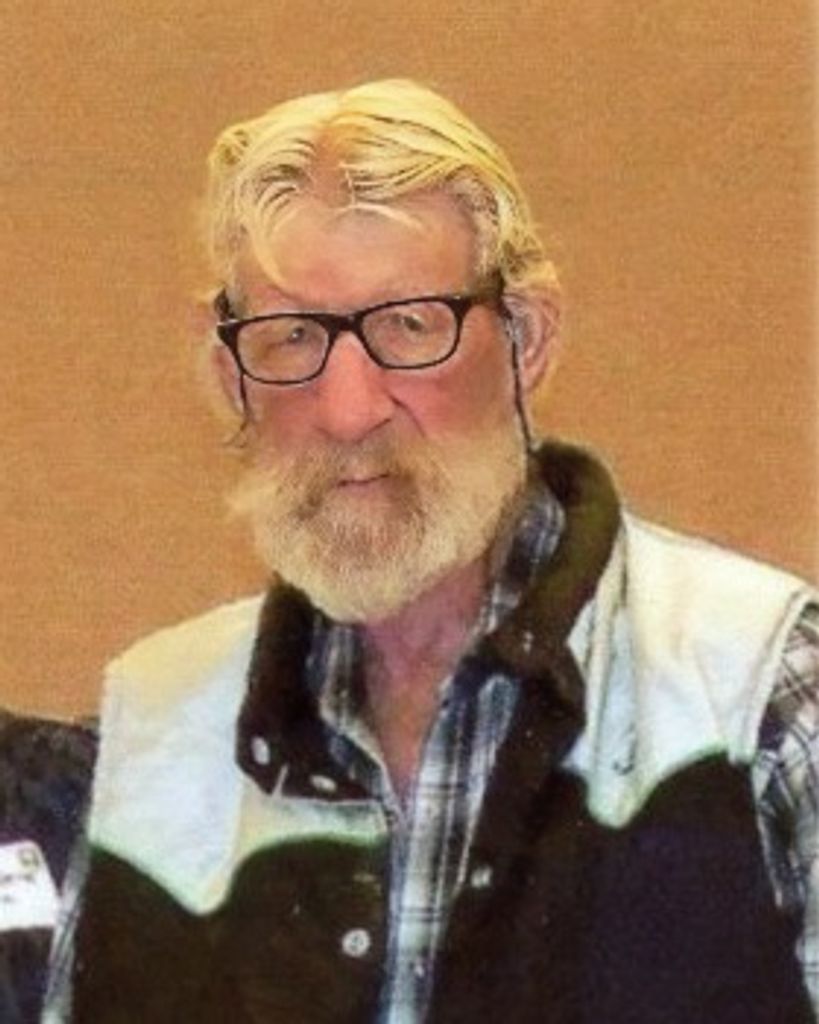 |
| Simpson School |
EARLY SCHOOLS OF MT. PLEASANT
AS I REMEMBER THEM
Amasa Aldrich-1923
The following is taken from History of Mt. Pleasant
By Hilda Madsen Longsdorf pp 273-274
Photos added by Kathy Hafen
 |
Replica of what a One Room School House
May have looked like. |
Let us go back to the schools of yesterday, of our home town, and see what we can remember about fifty years ago. In memory, let us travel back to the sagebrush streets, and the little one room log hut, about 12xlS feet. There "Auntie" Hyde was my first teacher, calling "To Books, to books, to books," at the hour when school was to begin. Books were scarce and often we had to borrow from each other. After graduating from her school, we found another teacher in the old one-room log schoolhouse, built on the lot just across the street, south from the home of Tailor Johnson, Second North and Third West Streets. This school¬house was an improvement over the one where "Auntie" Hyde taught, in that we had slab benches with wooden legs for seats, and a slab nailed to the wall for a desk. We sat facing the wall, with our backs to the teacher. Joseph S. Day presided over the school. Graduating from Mr. Day's school at this place, we find ourselves in another schoolhouse, known as Simpson's School, built of white adobies, on the Rosenlund lot, west of the Simpson home, where Joseph Page and John Carter taught.
 |
| Hamilton School |
Our next march forward was back to the city hall lot, where another larger building had been erected, of logs, and where David Candland and Nathan Staker held forth as teachers. Another stride forward, and we find ourselves in the best building that Mt. Pleasant had until the erection of the present Central School building on the corner of Main and First East.
This schoolhouse was built of white adobies and consisted of one large room. The benches and desks were home-made, and had room for two pupils on each seat. We all sat facing east. In this school began the real educational system of Mt. Pleas¬ant. Besides teaching "Readin,' 'Ritin,' and 'Rithmetic," we studied grammar, geography, and we had a smattering of hygiene, with calisthenics thrown in for good measure. But in my eagerness to make haste, I am forgetting that we had a school in the Social Hall, where Miller, Henniger, and others taught. In passing I must not forget to say that the Rev. Duncan McMillan came to Mt. Pleasant, and opened a school in the Liberal Hall. While not a student of his, only to attend spelling matches in the evening. in which I took extreme delight, this school was patronized by a number of the young men and women of those days. From that beginning had developed the present splendid Wasatch Aca¬demy. What strides have been made since "Auntie" Hyde, Day, Page. Miller, and Carter taught in the humble one room log huts, with scarcely a facility compared with today. This is in brief the picture of the schools of yesterday, as I remember them after the lapse of half a century.
God bless the teachers of yesterday, who have long since been gathered to that better land. And now, I am wondering what fifty years hence will bring to the generation still unborn.







.jpg)
%20(1).jpg)
















